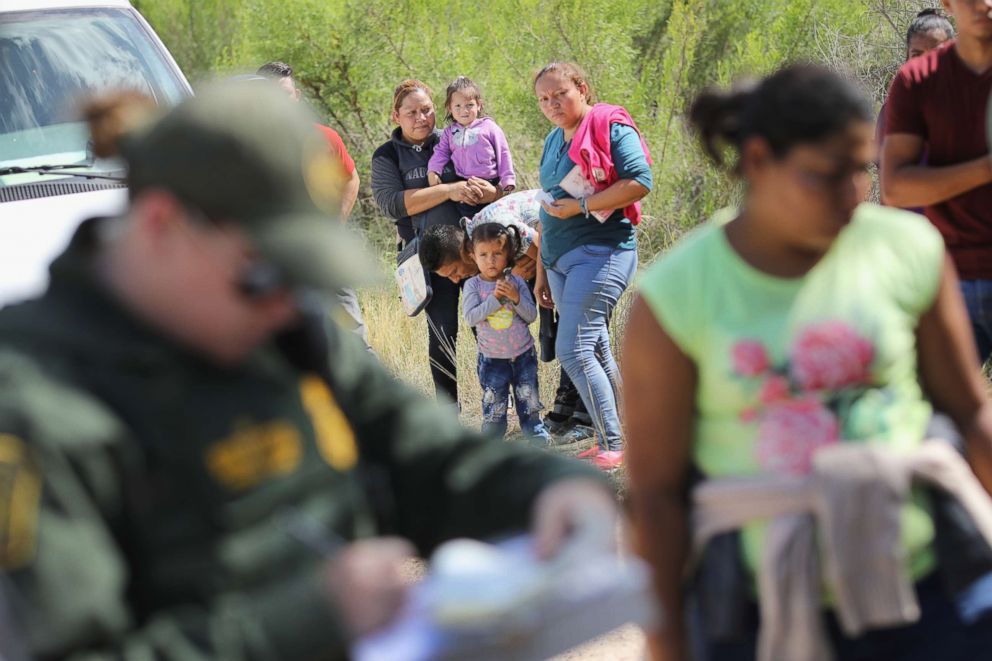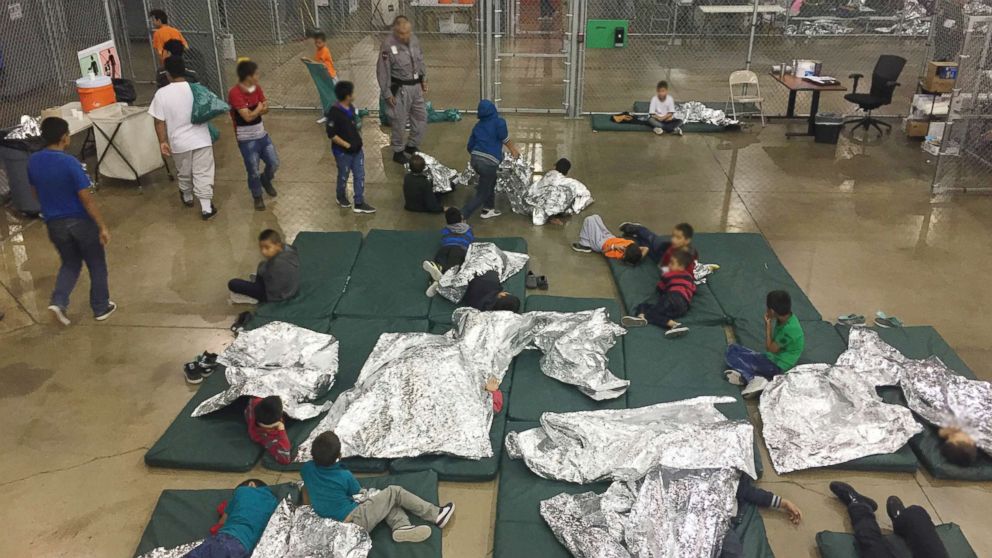'No evidence' DHS had database of separated children: Watchdog
A government watchdog is questioning the existence of a “central database” that the Homeland Security Department told the public was keeping track of children separated from their parents at the border.
A report released Tuesday by the Homeland Security Department’s inspector general “found no evidence that such a database exists,” despite a DHS announcement last June that the agency was relying on one with the help of the Health and Human Services Department.
At the time DHS noted its central database in a June 23 fact sheet, questions were swirling over how many children the government had in its custody and whether it knew exactly where they were. The fact sheet laid out the government's plan, noting that there was a central database coordinating federal efforts to keep track of the children.

The finding was among several by investigators who determined the Trump administration’s “zero tolerance” immigration policy was poorly planned and orchestrated. The policy, which called for the detention of all adults who crossed the border illegally -- even if they didn’t otherwise have a criminal history -- resulted in the separation of some 2,650 children from their families at the border since spring.
DHS “was not fully prepared to implement the zero-tolerance policy, or to deal with certain effects of the policy following implementation,” the report states.
Katie Waldman, an agency spokesperson, said the findings of the report “illustrate the difficulties in enforcing immigration laws that are broken and poorly written.”
In a letter included in the report, DHS didn’t deny that a central database never existed, noting that HHS and DHS used separate tracking systems. But it said the report ignored “significant accomplishments to reunify families.”
Democratic Sen. Dick Durbin of Illinois said Homeland Secretary Kirstjen Nielsen should resign, while another senior Democrat -- Rep. Elijah Cummings of Maryland -- said Congress should subpoena documents to get to the bottom of what happened.
“Secretary Nielsen signed off on this family separation policy, falsely claimed that the policy did not exist, and then callously failed to address the policy’s tragic and inevitable fallout,” he tweeted Tuesday. “In light of this devastating report, she should resign.”
The policy, announced by Attorney General Jeff Sessions in the spring, called for the mandatory detention of any adult crossing the border illegally. It was a departure from past administrations, which had in most cases released families into the United States pending future court dates. Sessions and others within the Trump administration derided this approach as “catch and release,” and blamed it for a rise in illegal immigration in the U.S.
But the new zero-tolerance policy sparked a public outcry, following reports that nearly 2,000 children traveling with their families had been separated at the border in a six-week span. By June 20, President Donald Trump signed an executive order to end the practice.
On June 23, DHS released a fact sheet that stated “there is a central database which HHS and DHS can access and update when a parent(s) or minor(s) location information changes.”
But investigators said the most they found was a “manually-compiled spreadsheet” called a “matching table” maintained by HHS along with border patrol and immigration authorities. This spreadsheet wasn’t created, however, until the same day that DHS released its fact sheet, according to the IG.
DHS said in its letter to investigators that the report didn’t give the federal government enough credit for trying to connect families after separating them.
“Despite the fact that the two Departments’ tracking systems have no director electronic interface, the government took exhaustive efforts to overcome this challenge and stand up a process to safely reunify families expeditiously in compliance” with a court order.
Waldman of DHS defended the administration’s tough approach to immigration as still necessary.
“This administration will no longer turn a blind eye to illegal immigration and will continue to refer illegal border crossers for prosecution,” she said in a statement. “We are committed to enforcing the rule of law and ensuring that there are consequences for illegal actions.”
As of Sept. 20, according to figures released by the IG, about 2,250 eligible children had been reunited or released from custody, down from about 2,650. Of the 103 children under age 5 taken into custody, 84 have been reunited.




